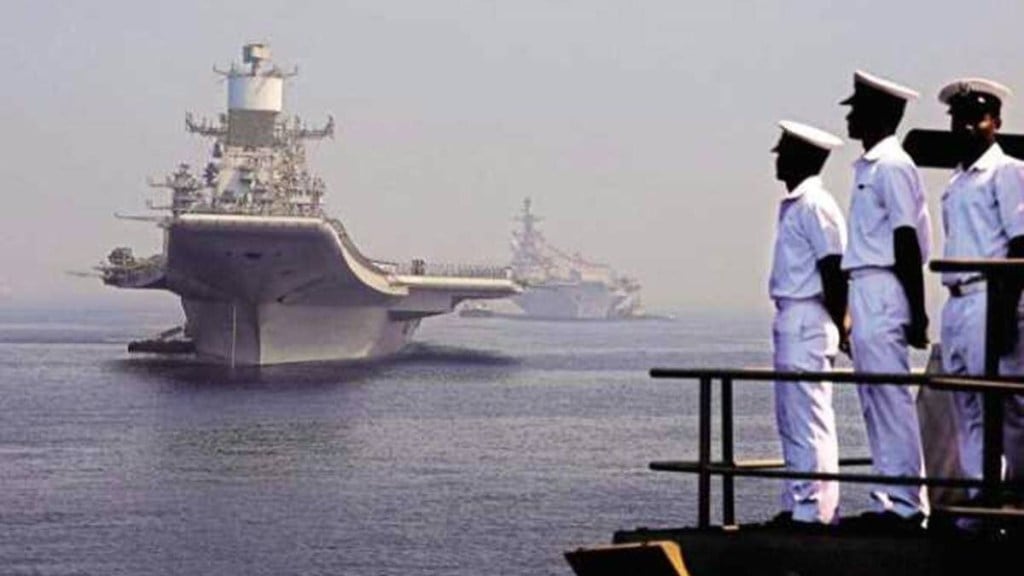The Indian Navy, recognizing the urgent need to maintain its sub-surface fleet, has taken a significant step towards strengthening its naval capabilities.
A contract has been inked for the Medium Refit with Life Certification (MRLC) of the HDW-class submarine INS Shankush between Ministry of Defence and Mumbai based Mazagon Dock Shipbuilders Limited (MDL). This contract according to the Ministry of Defence statement is for Rs 2,725-crore.
This contract marks the second HDW submarine to undergo MRLC, with the first one nearing completion. With the navy facing challenges in maintaining its depleting sub-surface fleet, this initiative is very significant.
Revitalizing the Submarine Fleet:
The MRLC project aims to extend the operational life of seven submarines, consisting of four Russian-origin Kilo-class submarines and three German-origin HDW-class submarines. The first HDW-class submarine, INS Shishumar, has been undergoing life extension since October 2018 and is expected to be completed by August. INS Shankush, the second HDW-class submarine, is projected to be combat-ready and join the active fleet by 2026 after the MRLC process. These upgrades will equip the submarines with enhanced combat capabilities, reinforcing the country’s maritime defense posture.
Challenges and Delays:
While progress is being made on the MRLC program, challenges have arisen along the way. The fourth Kilo-class submarine, destined for MRLC, is currently delayed due to the unavailability of transport docks caused by the ongoing war in Ukraine. However, the Ministry remains committed to resolving these logistical issues and ensuring the timely completion of the project. Despite setbacks, the Indian Navy’s determination to overcome obstacles is evident, as seen when INS Sindhuratna reached Mumbai after a 97-day journey covering 10,000 miles, due to transportation challenges.
Boosting the Indian Industrial Ecosystem:
Beyond its immediate military implications, the MRLC project holds substantial significance for the Indian industrial ecosystem. The Defence Ministry emphasizes the development of MDL as a Maintenance, Repair & Overhaul (MRO) hub, fostering an environment that supports the country’s defense industries. According to an official statement issued by the Ministry of Defence, this undertaking involves collaboration with more than 30 Micro, Small, and Medium Enterprises (MSMEs). The Ministry statement has said that significant employment opportunities to the tune of almost “1,200 man-days per day” are expected to be generated throughout the duration of the project.
The Path to Self-Reliance:
The MRLC initiative aligns with India‘s vision of achieving self-reliance in defense production, an objective highlighted by the Defence Acquisition Council’s approval of the program in 2014. This endeavor demonstrates India’s determination to enhance its defense capabilities domestically and reduce reliance on foreign imports. By modernizing and extending the lifespan of existing submarines, the Indian Navy bridges the gap until the procurement of new submarines under Project-75I is realized.

